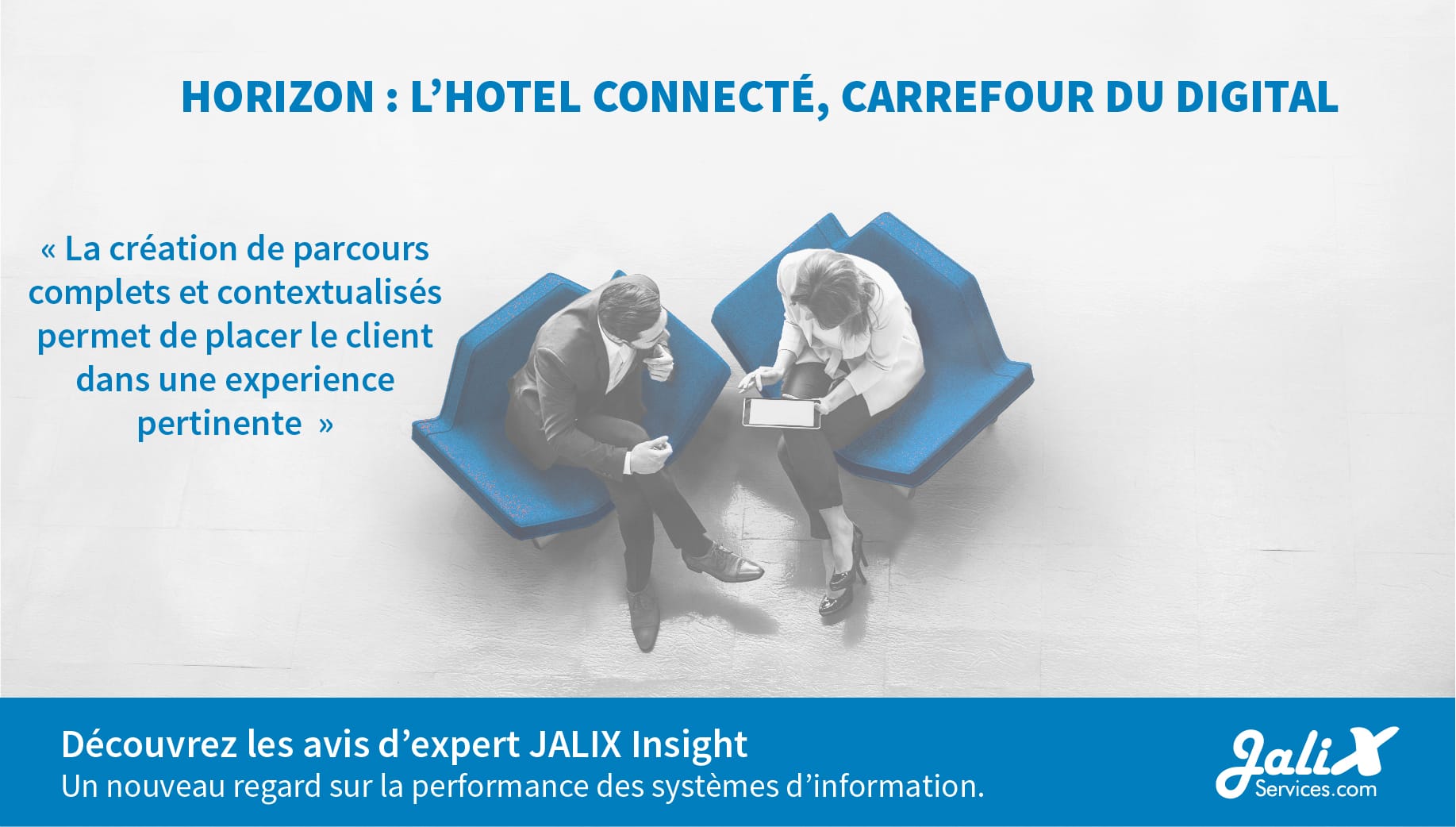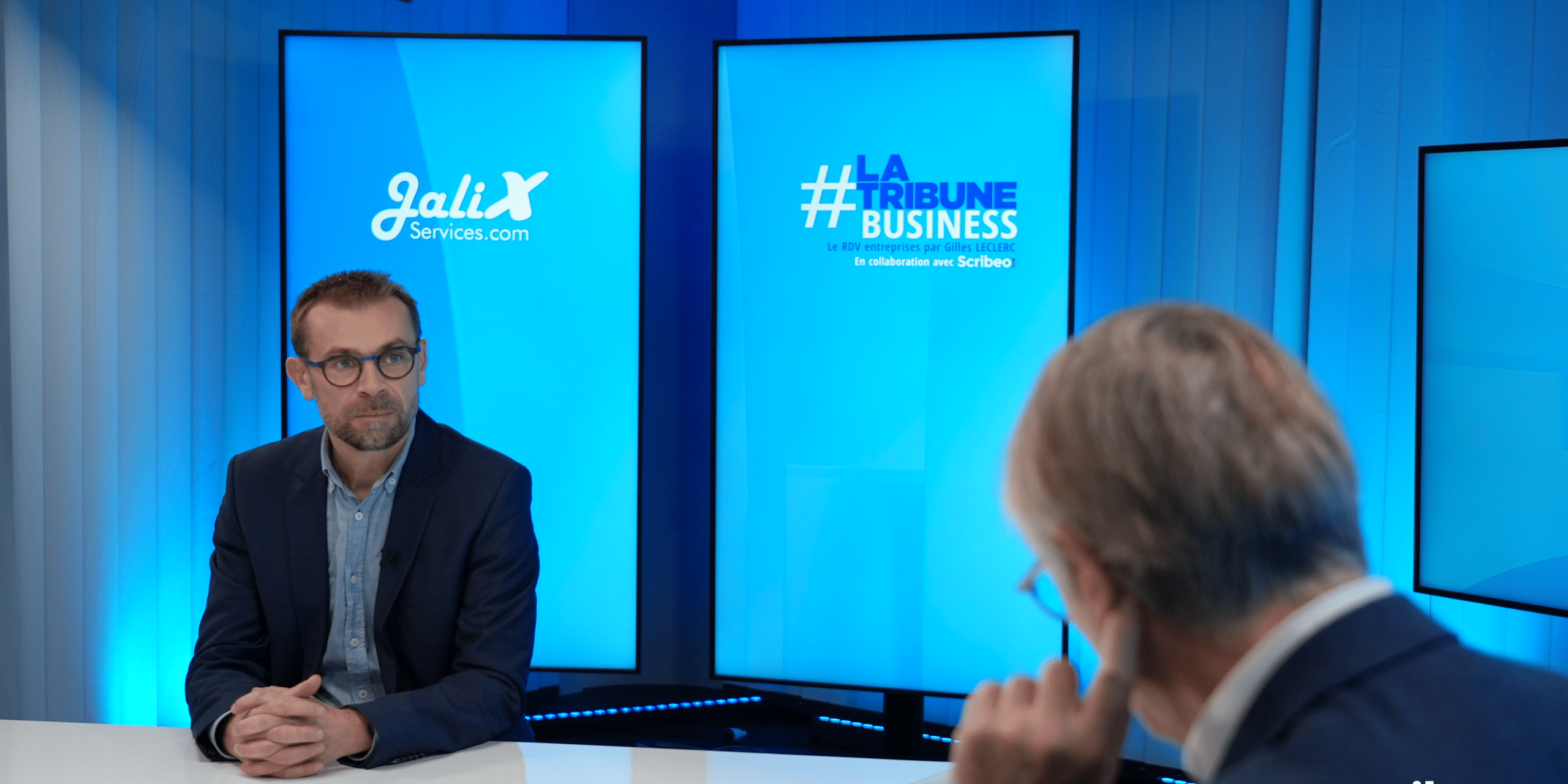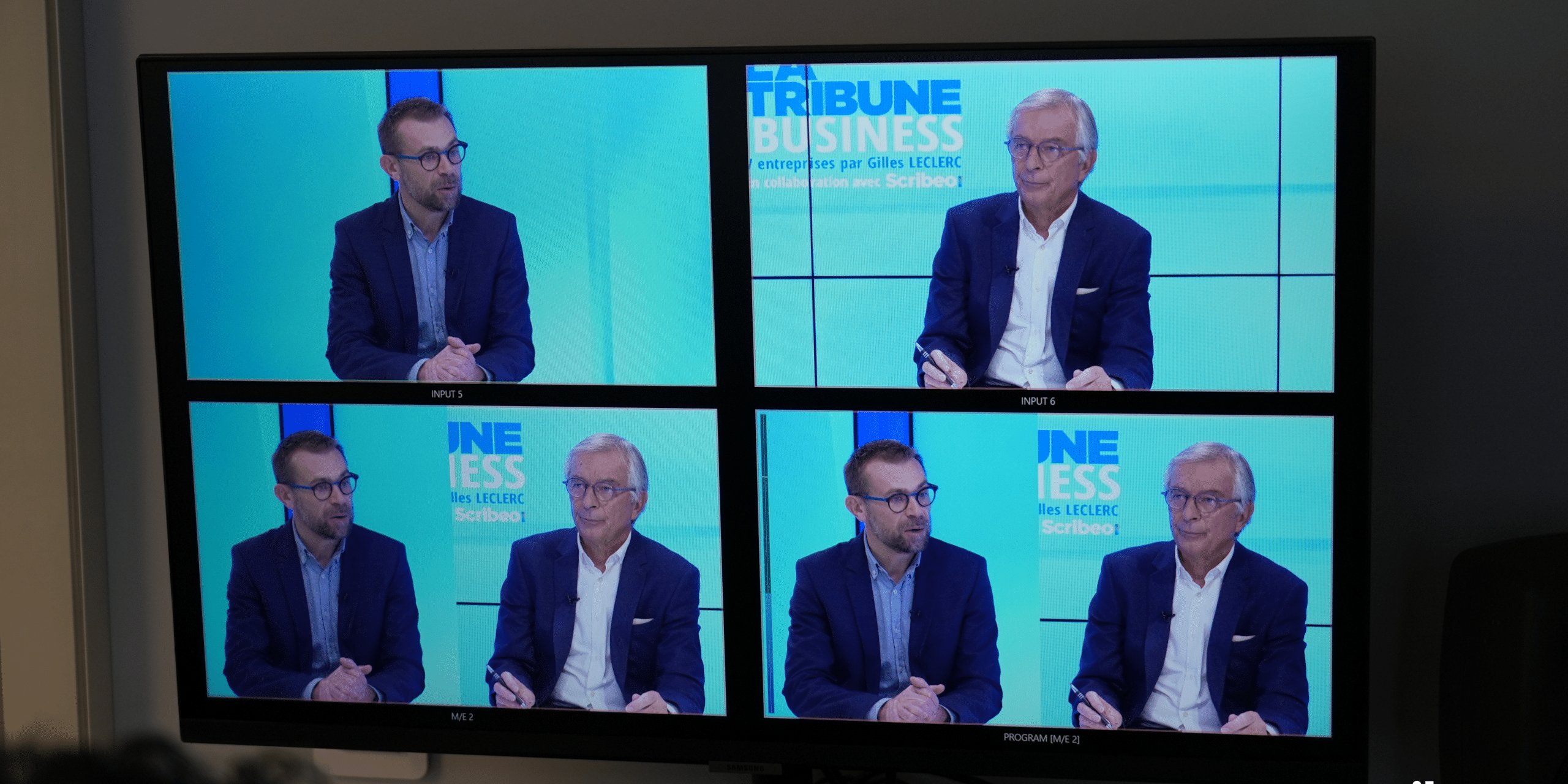
Faced with a heterogeneous clientele, the hotel sector is constantly adapting its offer to new requirements. As visitors from the four corners of the world become increasingly connected, new equipment is being installed in establishments to better surprise them and satisfy their expectations.
At the convergence of several fields in constant reinvention (architecture, electronics, e-commerce, etc.), the professionals tell us about the new trends.
Faced with the emergence of a new generation of connected consumers, the hotel industry, whose business model has already been greatly disrupted by the arrival of new entrants such as Airbnb or Booking.com, is adjusting its services. In a sector where the integration of technology has obvious stakes, it is a question of dealing intelligently with new constraints: the need to equip a large number of rooms, management of hardware failures, development of specific applications, etc. The arrival of home automation represents a new paradigm in the user experience, with the promise of being able to control the entire room from a simple tablet: television, lighting, temperature, curtains, but also room service. These centralised capabilities could also be found directly on guests' mobiles, ensuring a seamless end-to-end experience: booking, check-in, room access, service requests, check-out, after-sales service and complaint handling. This trend is part of a general simplification of administrative procedures to achieve greater efficiency. The creation of complete and contextualised itineraries makes it possible to provide the customer with a relevant experience, offering a natural and geolocalised sequence of steps: sending a personalised message to the customer's mobile phone when he or she crosses the threshold of the connected hotel, using registered fingerprints to use them as an entry key, sending different recommendations according to the time of day in order to offer a relaxing service in the late afternoon or room service in the evening. In these different cases, the ability to rely on the customer's equipment (his smartphone), rather than imposing the hotel's, considerably simplifies usage and opens up new possibilities.
Other establishments have been experimenting for several months with access to rooms by RFID system, which allows the wearing of a simple wristband to authorise the use of the room.
This dematerialised experience is also reflected in the mobile experience, with the various e-wallet possibilities (payment, ticket management and reservations). This dematerialised experience is still found in the mobile sector, with the various possibilities of electronic wallets (payment, ticket and reservation management). In this case, it remains to find the right balance between in-house applications and those proposed by publishers and manufacturers, which are certainly widely available to the public but which may present certain constraints in terms of personalising the experience and certain concerns regarding the use of confidential data. Above all, the institution today must deal with
a growing amount of data from multiple sources. While most large groups have learned to centralise this new information,
Their use, according to the experts, is still underestimated compared to their potential. The ambition is in particular to be able to accompany, through geolocation, the customer throughout his stay, including outside the connected hotel, and why not with complementary partnerships (museums, restaurants, car rental...). In any case, it is essential today to be able to share this customer information widely between staff members, sales and marketing teams, through customer relationship management tools. The possibilities have never been so numerous and the challenge is to find the right balance between human relationships and technological contributions. The latter can become an asset for conviviality if they are well understood. Imagine your host welcoming you in comfortable sofas, tablet in hand, rather than behind the traditional desk in the entrance hall and you will be convinced that IT no longer rhymes with coldness.






